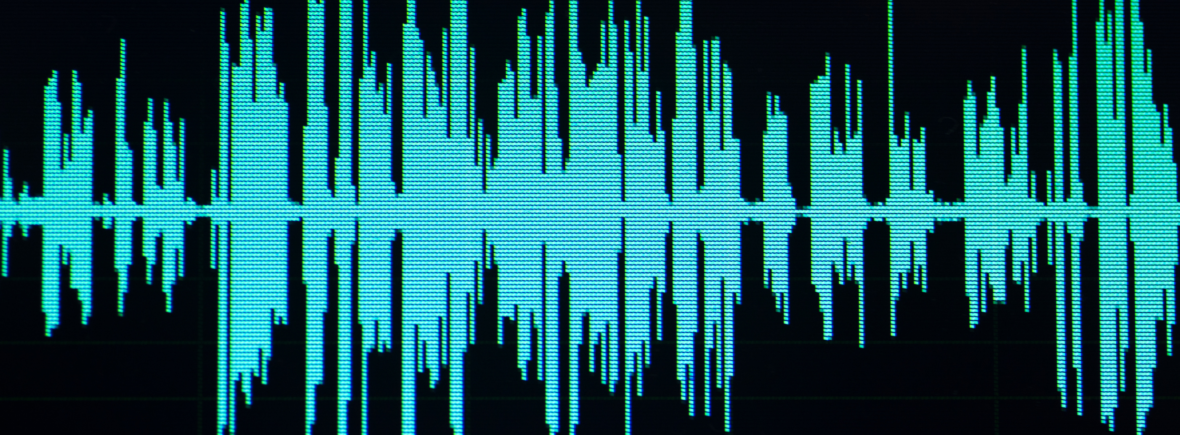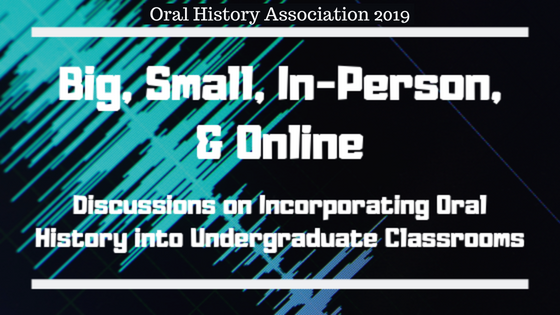
“Big, Small, In-Person, and Online: Discussions on Incorporating Oral History into Undergraduate Classrooms,” Oral History Association 2019 in Salt Lake City, UT.
Round Table Discussion endorsed by the Southwest Oral History Association
Priscilla Martinez (History) shared how she hopes to merge oral history content with a podcast project instead of traditional research papers in high-enrollment history classes within the University of California system. Karen Schairer (Spanish Linguistics) illustrated the innovative ways she has incorporated her personal archive of over 600 oral history interviews into her undergraduate classes for issues of pronunciation, culture, and syntax at Northern Arizona University. Marcia Gallo (History)shared her experience with partnering oral history centers and the challenges inherent in pedagogical training of both undergrads and graduate students in oral history at the University of Nevada, Las Vegas, both in-person and online. Nancy MacKay (Library Sciences) shared her experiences in teaching and developing an online oral history methods curriculum for graduate students at San Jose State University. While rooted within academia, these dynamic panelists are eager to share how they balance the rigor of the method with new pathways that push against traditional assignments and embrace an innovative pedagogy. All presentations considered the changing digital landscape and aimed to bring students into the production of oral history through either content or analysis.

Priscilla Martinez (History) shared how she hopes to merge oral history content with a podcast project instead of traditional research papers in high-enrollment history classes within the University of California system.
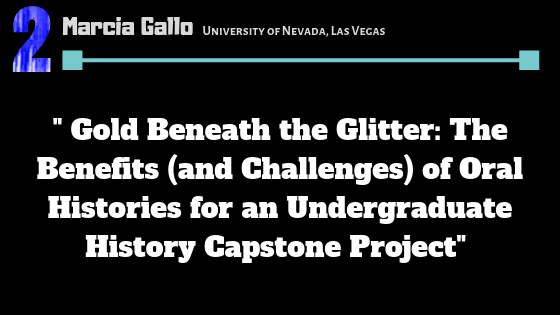
Marcia Gallo (History)shared her experience with partnering oral history centers and the challenges inherent in pedagogical training of both undergrads and graduate students in oral history at the University of Nevada, Las Vegas, both in-person and online
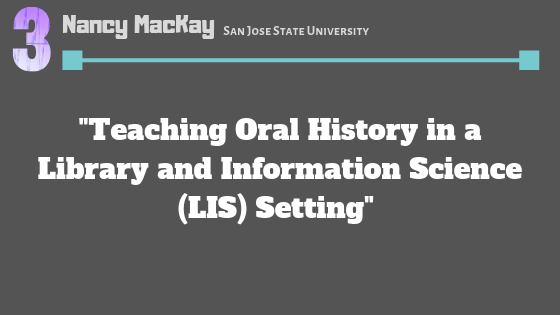
In this roundtable discussion, Nancy MacKay (Library Sciences) shared her experiences in teaching and developing an online oral history methods curriculum for graduate students at San Jose State University. And, in an effort to make oral history pedagogy more accessible, Dr. MacKay has generously offered to share her course materials. Please feel free to consult and borrow as needed.
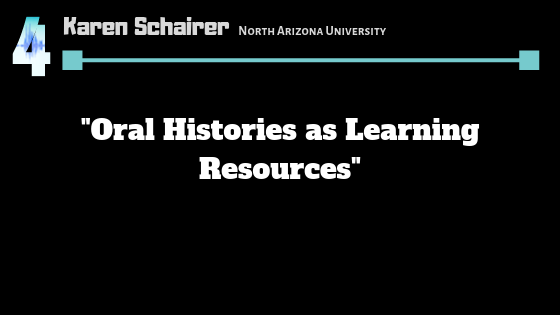
In our roundtable, Dr. Karen Schairer illustrated the innovative ways she has incorporated her personal archive of over 600 oral history interviews into her undergraduate classes for issues of pronunciation, culture, and syntax at Northern Arizona University.
Dr. Schairer’s oral history archive, Authentic Spanish Language, began with the filming of native Spanish speakers from different countries to provide samples of authentic, unscripted speech for use in the junior-level Spanish Linguistics course. Student response was gratifying on an experiential and intellectual level and thus began her research focus.
Dr. Schairer’s archive currently contains about 600 oral history videos ranging from a few minutes to over an hour in length. Participants come from seventeen Spanish-speaking countries, from all walks of life, from diverse cultural origins, and range in age from five to ninety-five years. Schairer’s archive contains life stories and personal anecdotes shared by Spanish speakers from diverse countries. Approximately half were filmed as part of her 2001 Fulbright Grant to El Salvador. Clips on the website are organized by listener level, from novice to advanced. This is an ongoing project to which Dr. Schairer dedicates each summer to expanding this site, guided by suggestions from high school Spanish teachers primarily from Arizona, many of whom are members of the Arizona Language Teachers’ Association [AZLA]. Some of the narratives are funny, some very sad, some absolutely fascinating, and a few a little boring.
Over the past 25 years, Dr. Schairer has used oral histories in classes ranging from true beginners taking their first steps in the language to senior Capstone students focused on translation in their respective professions.
Oral histories can help learners with pronunciation and listening comprehension:
For beginners, she selects short clips with fairly standard pronunciation and content that compliments early lexical development. As students progress, she focuses on “hearing” natural word clusters in which words aren’t actually pronounced but must be intuited from context.
Oral histories can help language learners with grammar and syntax:
For beginners, Dr. Schairer selects clips with standard verb use and syntax, but as students progress we explore natural, native-speaker choices between such things as ser and estar, the preterit and the imperfect, choices that are far more nuanced than allowed in learner grammars.
Oral histories can help language learners engage with culture and history:
Oral histories provide a wide range of perspectives on contemporary Latin America including first-person experiences with war, poverty, career development, changing family structure, discrimination, cultural pride, and immigration.
Dr. Schairer’s student projects incorporate implications of differences expressed that may be found between personal narratives, texts, and web-based documents with an end to becoming more aware of the diversity hidden in the term “Hispanic.”
To Visit Dr. Schairer’s
Authentic Spanish Language Archive
I would be glad to share what I’ve discovered, and especially glad to find like-minded people interested in working with these videos.
— Dr. Karen Schairer
For more information on her archive, please feel free to contact Dr. Schairer at Karen.Schairer@nau.edu

